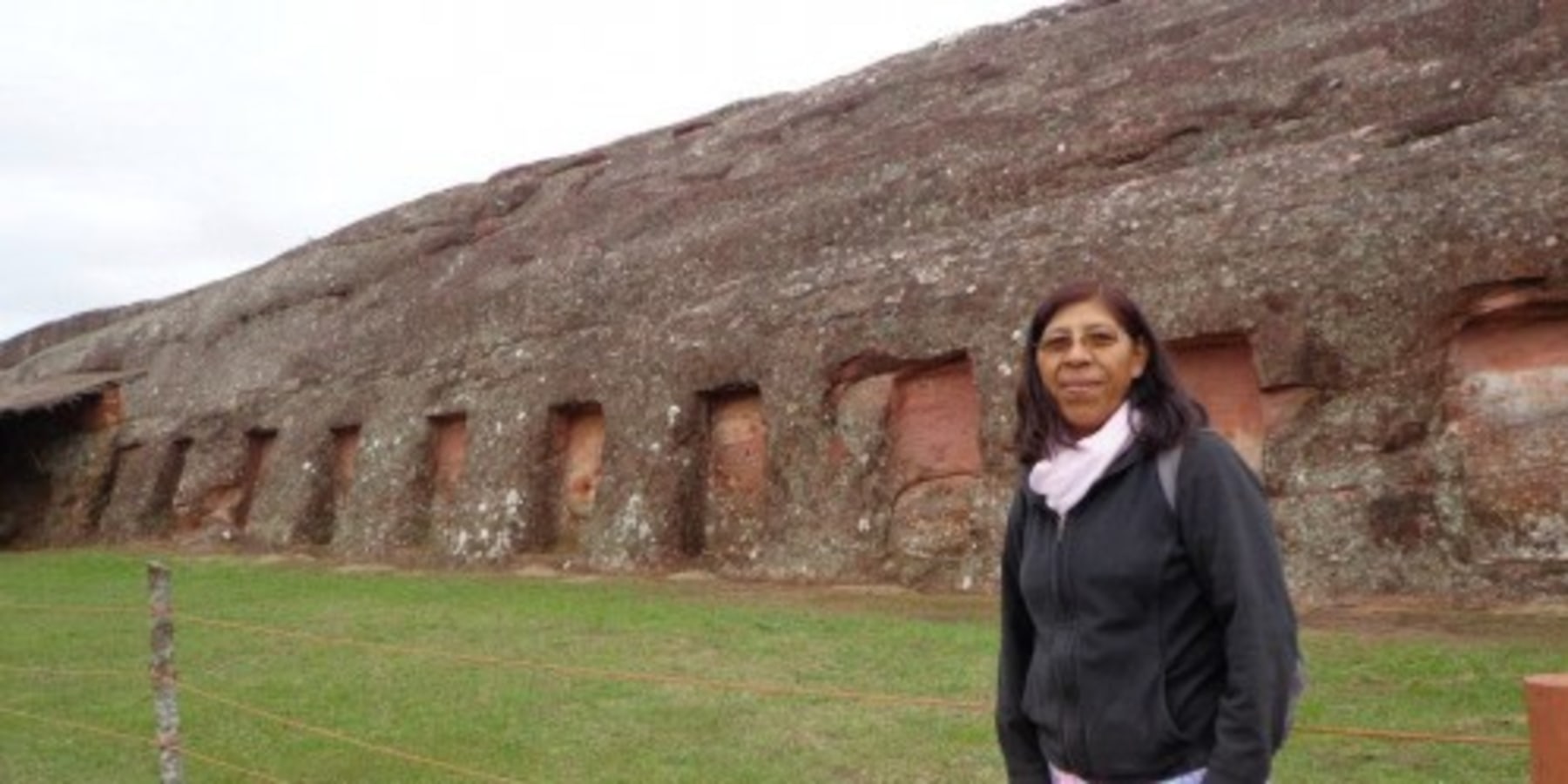
Samaipata is a small town, very near this village is "EL FUERTE" it was declared World Heritage in 1998. “EL FUERTE” function was administrative, political and ceremonial to the different cultures of the downtown area. “EL FUERTE” is divided into two parts, the ceremonial part and administrative part.
The ceremonial part is formed by a large rock carved with geometric and zoomorphic designs. Devotion to sacred animals and the study of astronomy are represented in the figures of the rock.
The administrative part is composed of different buildings which were used as dwellings, reservoirs, and aqueducts. It is admirable to see the use of the rock aesthetic that is balanced with the landscape of the place.
It is a mystical place to visit the site; there are two observation towers that allow visitors to see the ruins from above.
It is said that it was occupied by various ethnic groups before 2000 BC, it was not until 1470 that the Incas, the most famous tenants occupied it for the first time. For the arrival of the Spaniards this ransacked the place and in 1600 was almost deserted. The purpose of “EL FUERTE” has long been debated, and there are several theories.
It is said that the pools and side channels had been used for washing gold.
It is also said that it was an ancient temple of the serpent and the jaguar, another theory says it is a temple of worship of the sun and the moon; this is by far the most accepted theory. Recently the place has won many followers of the New Age; some have claimed that it was a takeoff and landing ramp for old spacecraft.
The main site, which is almost certain religious significance, a stone slab 100 feet long with a variety of sculpted features: chairs, tables, a circle of conferences, troughs, tanks, ducts and niches, believed to have harbored idols. A total of seven steps leading to the main temple represent the seven phases of the moon. Zoomorphic designs include high reliefs of jaguars and pumas (representing power) and snakes (representing fertility). Chicha and blood was pouring into the designs of snakes as an offering to the Pachamama.
Samaipata is located 120 km. from Santa Cruz de la Sierra.

